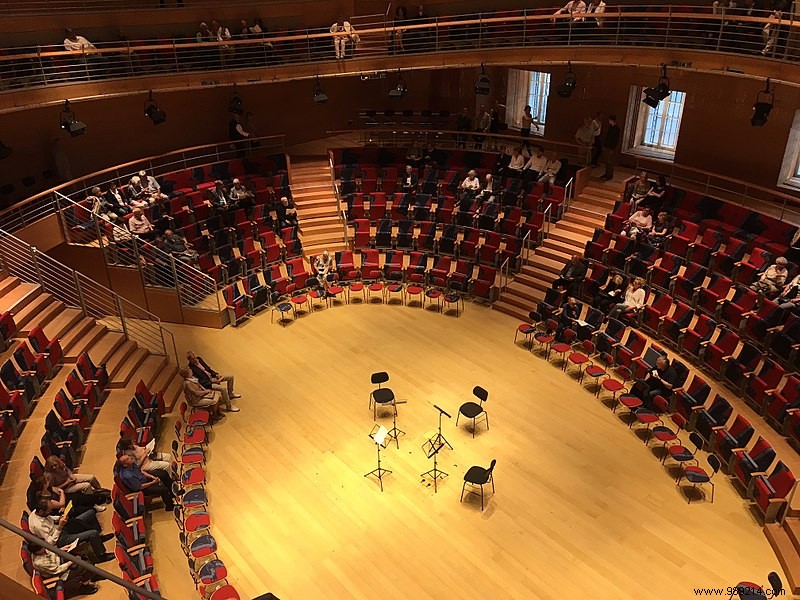In France and all over Europe, rooms open to the public have been closed until further notice, and have been for months. However, the Dassault Systèmes company thinks that the technology could allow a serene return of the public and the artists in these same rooms. The objective is to ensure food safety and save the culture.
Not long ago in Spain, a music festival was the source of an encouraging experience for culture in the midst of a health crisis. One evening in December 2020, the Apolo hall in Barcelona welcomed 463 people for a concert . However, drastic measures of hygiene and follow-up of people had then made it possible to avoid any contamination during this same evening.
In France, the Minister of Culture Roselyne Bachelot became aware of this experience and indicated that she wanted to discuss it with entertainment professionals. It must be said that in our country, voices have been raised for several months, in particular that of the managers of rooms. The latter keep claiming that it is quite possible to limit the risks.
According to a press release and a short video to watch at the end of the article, the Philharmonie de Paris has collaborated with Dassault Systèmes, a company specializing in 3D design. The objective was to model the risks of infection in the Grande salle Pierre Boulez (see below) welcoming spectators to the maximum of its capacity.

“We made a digital twin of the Great Hall Pierre Boulez, we modeled the ventilation system which is integrated under each seat, allowing the air to circulate behind the backs of spectators and musicians. Our health sector experts have modeled the airflow possibly laden with viral particles by using coughing virtual spectators to measure the spread of the virus between spectators, but also musicians “, said Jacques Beltran, vice president in charge of the public sector of Dassault Systèmes.
He mentioned an example:modeling the breath of a trumpeter. This made it possible to understand that halving the ventilation could greatly reduce the risk of contamination from one spectator to another. We should also mention the fact that at the entrance to the room, wearing a mask and social distancing remain the best preventive measures. Inside, if social distancing is complicated, wearing a mask remains essential.
According to Dassault Systèmes, this kind of simulations can concern any place welcome to the public . The aim is to clearly identify the impact of ventilation on the risk of propagation. Will this track convince the authorities to reopen the rooms? With the experiment carried out in Barcelona a few weeks ago, there are perhaps two good reasons here to try!